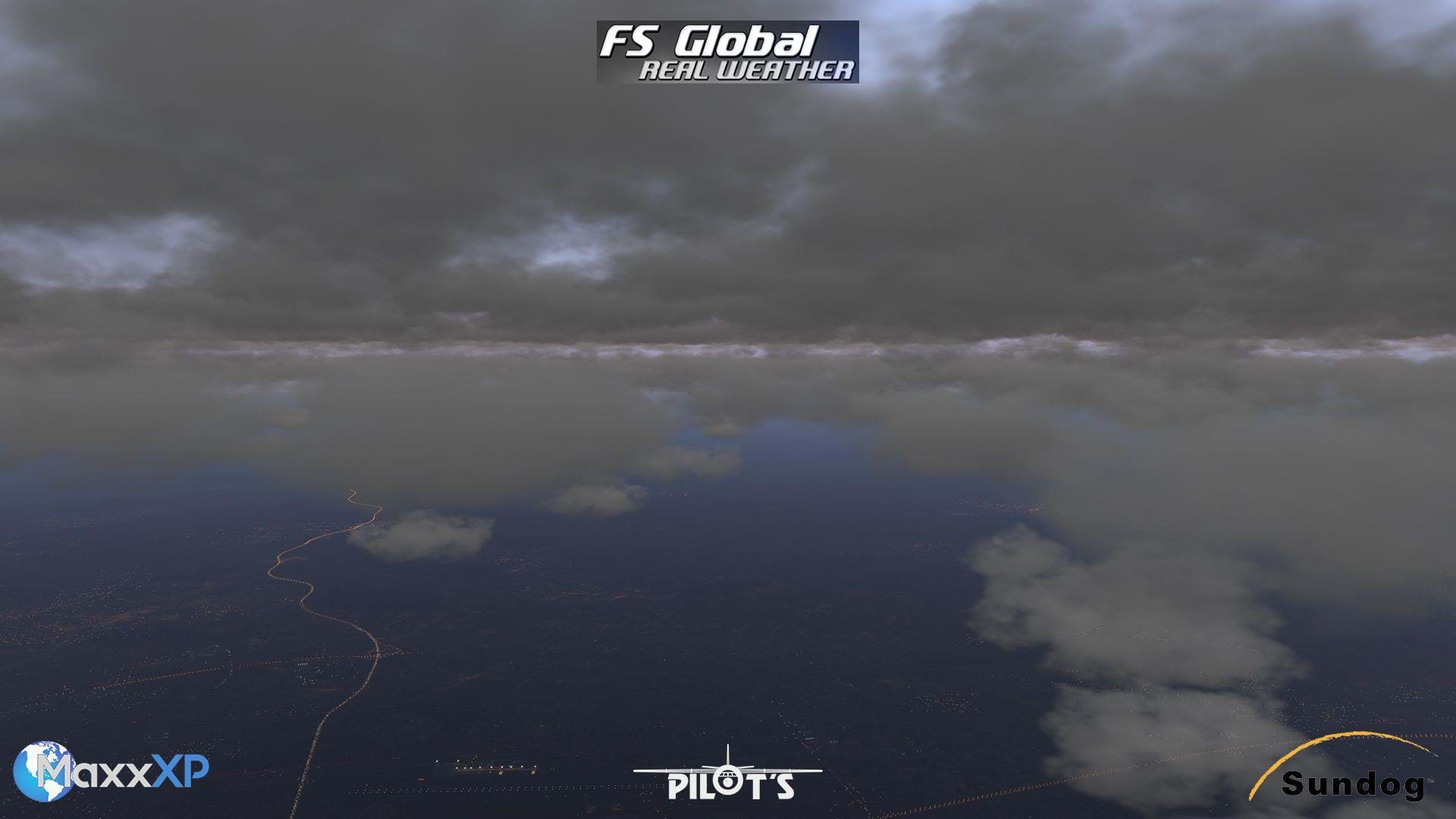
Skymaxx pro 4 reviews pro#
Maxx-XP, in co-operation with Sundog Software, and X-Aviation are excited to bring you another game changing experience to the weather rendering in X-Plane 11! SkyMaxx Pro v5 is an X-Plane cloud and sky replacement engine boasting all-new technology for X-Plane that it's almost like having an all-new sim!įSGRW Integration!: The FS Global Real Weather engine is able to process a wide variety of cloud identifiers, such as Cirrus, Cumulus, Stratus, Cumulonimbus and Towering Cumulus. X-Plane's most popular and best-selling add-on is back as version 5, and with some great new features! SkyMaxx Pro v5 - A revolutionary weather rendering engine for X-Plane 11! The smaller CO offered by a Mak or Newt is better for planets, but the SCT is a very good allrounder.Want the best weather in X-Plane? Buy SkyMaxx Pro v5 and Real Weather Connector for amazing immersion! That is the great appeal of my C8: it is compact so I can take to locations outside the city, works well on planets and on DSO observing. I keep myself amused with DSO-hunting in the mean time (globular clusters in particular in recent times). However, I always get the OTA outside at least an hour (or two) before I do any serious planetary work.

Regarding cool-down, the SCT has a rather thinner corrector plate, so it may cool down quicker. The skymax should be excellent for planetary photography, though I would expect the 9.25 SCT to beat it (that has a very good reputation on planets) by a small margin, due to its larger aperture, but only in good seeing conditions.ĭew is a perpetual problem on any SCT or Mak, so some dew control is needed for prolonged viewing. Part of my original question was whether the Skymax 180 Pro would be any good for photographing planets, or would the aperture of a 9.25 SCT beat it, regardless of contrast? Anyone taken any photos with a Skymax 180? Personally I cant decide whether I need a planetary scope that will give great views but will always need a huge cool down period and will always be super sueceptible to dewing. The views of Jupiter I suspect would have been superb if the dew had been better controlled.
Skymaxx pro 4 reviews mod#
If I were keeping it thats another mod I would make for sure. The findershoe is slightgly whacky as its mounted on the rear cell which has a small slope on it causing the finder show to be slighlt pointed upwards. Obvious faults I think with the scope are ġ/ It could sersiously do with a cooling fan in the back end andĢ/ The supplied finder scope cant be aligned because the Skywatcher quick release finder scope mounting doesnt have enough movement. The other thing is I am so used to rteaching for certain EPs (ie a 5mm) I had to kind of reclaibrate my head. I found the image shift pretty scary myself and if I were keeping it ( jury is still out on that ) I'd want some dew heaters and a visual back. The scope seemed to be a total dew magnet. The scope showed some potential for planets but the only time its been used was the last night at SSP - dew was horrendous. I have a Skymax which has only been used once so far.

So if you want the best planetary views get the biggest aperture you can manage with the smallest CO. My 8" F/6 Skywatcher Newt (23% CO) will beat the refractor if seeing is good on the planets but stars are still not quite as sharp as in the refractor.ĬO above 25% does have a significant effect on planetary performance in my opinion. I have a 128mm refractor and had the Skymax 180 Pro, the 180 Pro (32% CO) came nowhere near the refractor on the planets in terms of contrast, sharpness and overall detail. Good point and in my opinion a critical one if you really want to see the planets well. So I'm not sure what would have less diffraction - the smaller 120mm refractor (with proportionally more diffraction from the lens edge) or the 180 mm Mak (proportionally less diffraction from the lens edge, but a bit more from the central obstruction).

Obviously a central obstruction introduces more edges and more scattering, but also the proportion of outside edge reduces relative to light gathering as aperture increases. Contrast is reduced by the diffraction from edges in the light column.


 0 kommentar(er)
0 kommentar(er)
